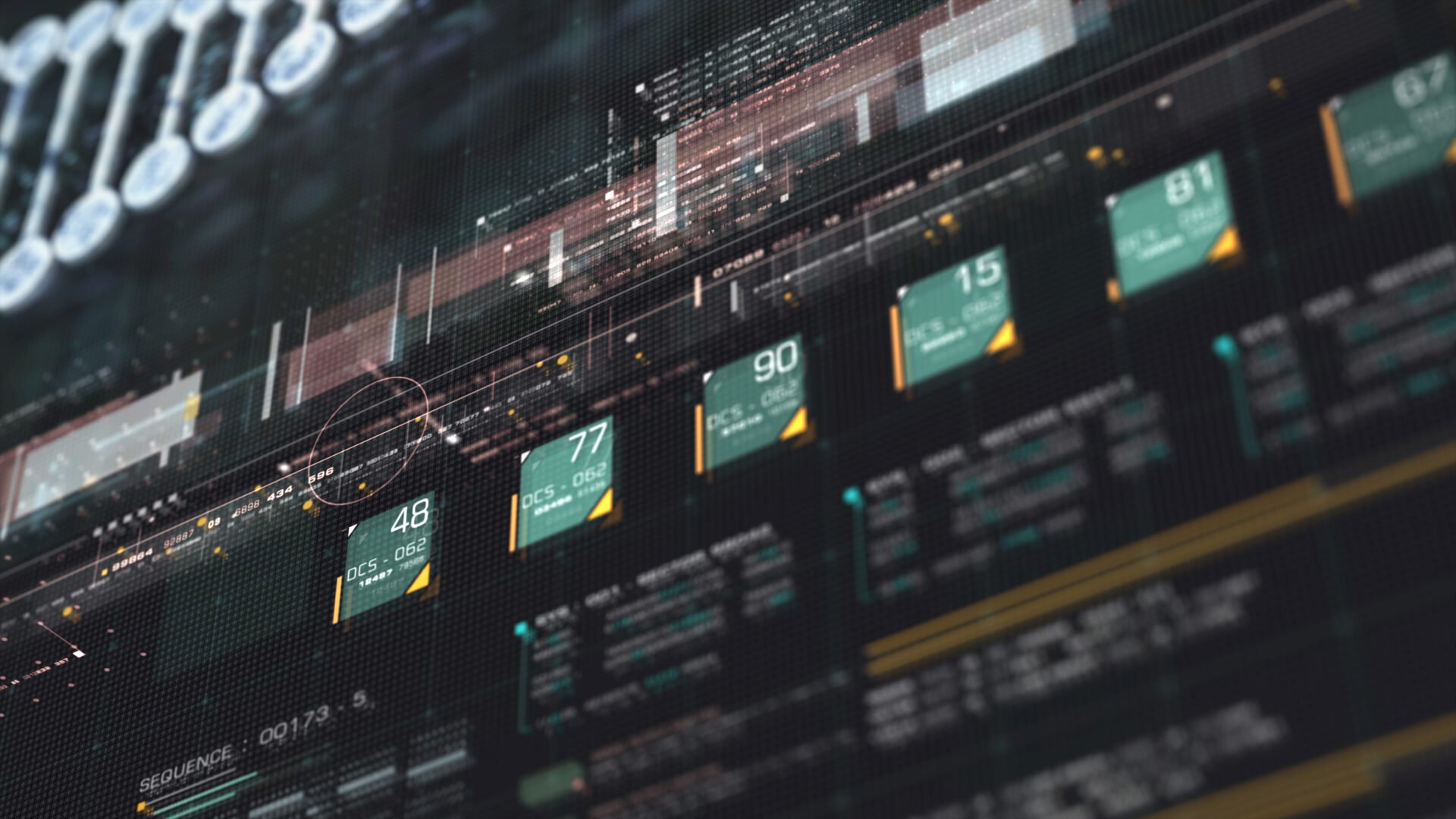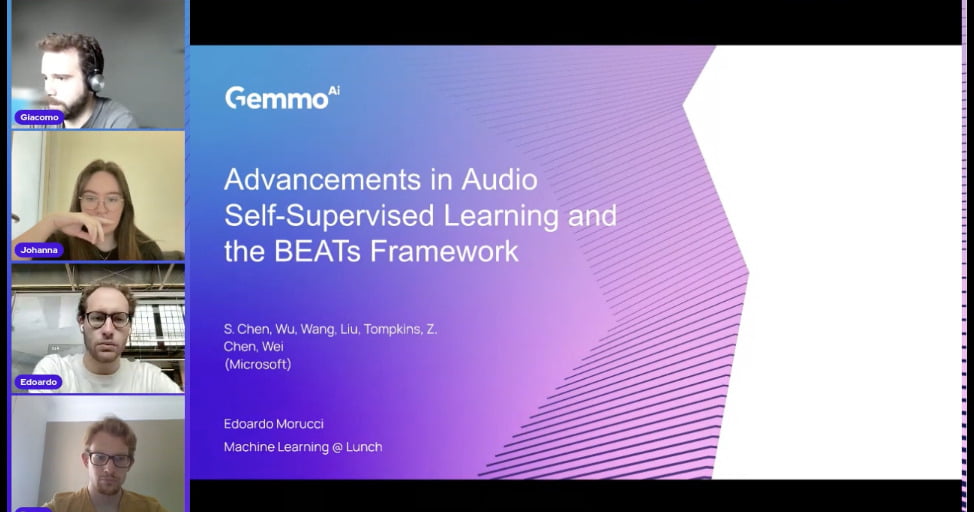Copilot API for Audio Analysis with AI
What is Audio Analysis? Audio analysis is the process of breaking down an audio signal into its individual components in order to better understand its characteristics. This can include identifying individual sounds, cat...

What is Audio Analysis?
Audio analysis is the process of breaking down an audio signal into its individual components in order to better understand its characteristics. This can include identifying individual sounds, categorising patterns, and analysing the frequency and amplitude of the signal. Audio analysis is a critical tool in many fields, including environmental monitoring, speech recognition, and noise consultancy. In this guide, we’ll explore the process of audio analysis and how it can help automate a time-consuming task for noise analysts.The Problem: So many clips, so little time
Despite the remarkable capabilities of standard environmental sensors, advancements in technology and the increasing demand for accuracy and precision highlight a noticeable gap in the capabilities of noise sensors. One of the biggest challenges faced by noise analysts is manually analysing large volumes of data, often several days of continuous audio recording. This process can be time-consuming and tedious, as analysts have to listen to each recording in detail and make notes about any relevant information. This can take hours or even days to complete, depending on the amount of data involved. Manual noise surveying can also mean things get missed, which can be detrimental to monitoring noise pollution. Retrieving and analysing high-resolution data streams often requires a compromise between timeliness and accuracy, which is a pretty big challenge in today’s fast-paced world. On top of that, most alerts from continuous noise identification and measurement come from non-industrial sources, such as bird songs, wind, road traffic, or the operation of domestic equipment. This “alarm flooding” creates significant costs, often resulting in excessive curtailment of activities and diverting attention from genuine noise alerts or production-critical tasks.The Solution: Automated Audio Analysis
 Thankfully, there is a solution to this problem: automated audio analysis. By using software to automatically analyse audio data, noise analysts can save hours of manual annotation work. Think of our Copilot API as an efficient assistant, taking care of the tedious aspects of audio analysis. Once your file is processed by the co-pilot, you get a report that can inform your work. Let’s go through the steps the API takes to deliver an effective audio analysis.
Thankfully, there is a solution to this problem: automated audio analysis. By using software to automatically analyse audio data, noise analysts can save hours of manual annotation work. Think of our Copilot API as an efficient assistant, taking care of the tedious aspects of audio analysis. Once your file is processed by the co-pilot, you get a report that can inform your work. Let’s go through the steps the API takes to deliver an effective audio analysis.



